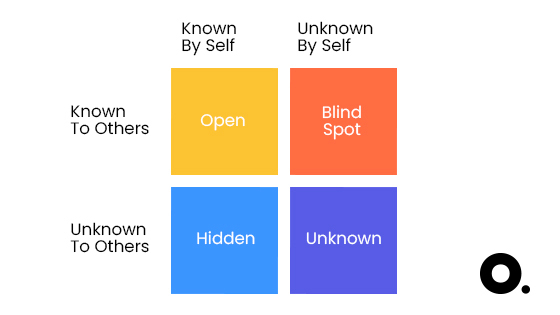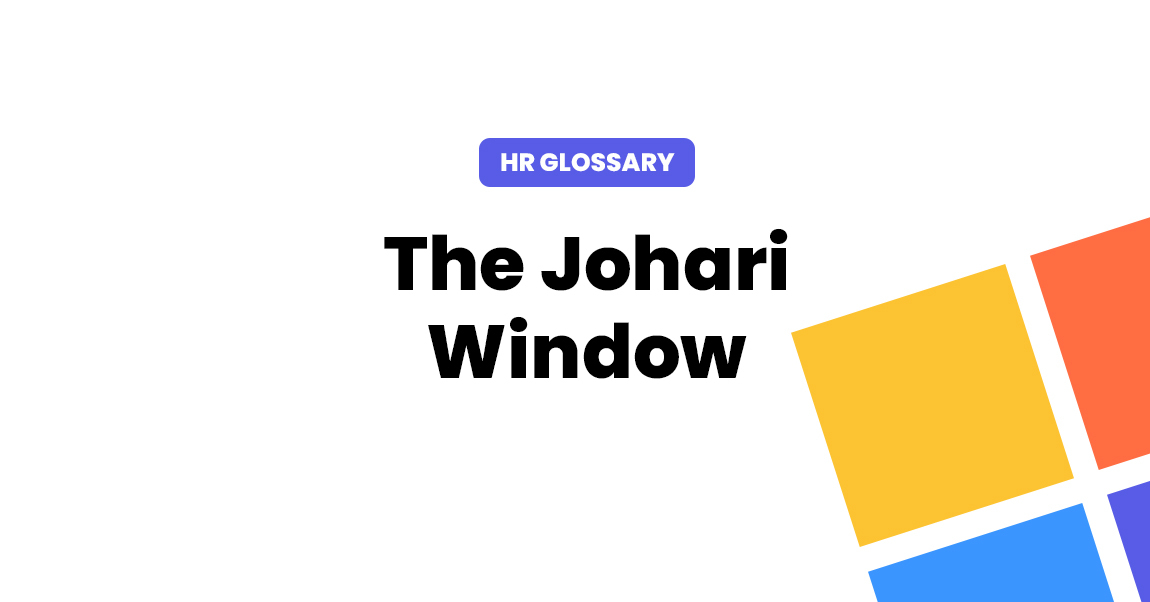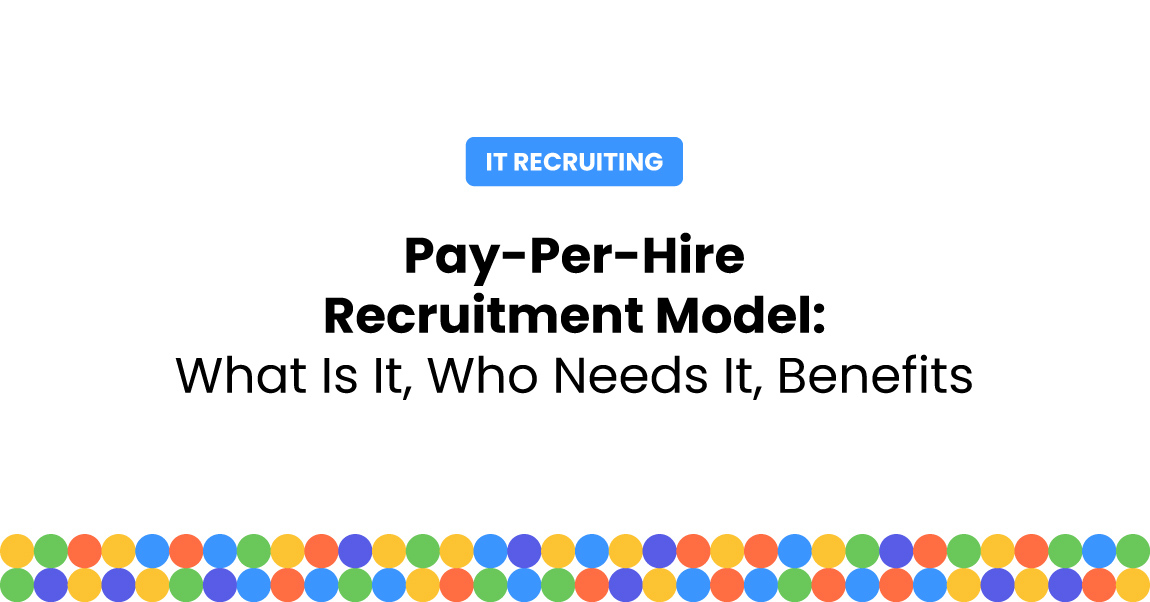The process of recruiting is exceptionally complicated in the tech industry. On the surface, it looks easy to pick candidates based on their resume, but it is so much more than that. Finding the right fit is more about finding a person that will work well with others and blend with the team.
In a sense, you are trying to estimate if a person has enough soft skills for the job. The hardest part of recruitment is assessing the nature of a person.
EQ (Emotional Quotient) of a candidate plays a significant role in the recruitment process. Applying the Johari window concept can help a great deal.
What is the Johari window?
Johari window is a psychological concept developed in 1955 by Joseph Luft and Harrington Ingham. Name ‘Johari’ is a combination of their first names. This model is a disclosure-feedback model, designed for improving interpersonal communication, thus leading to a better understanding between two or more individuals, or two or more groups.
Today, the Johari window is commonly used in various HR departments, helping create a better work environment and improve the recruitment process. It is also a therapeutic method. Four quadrants represent it – they remind of a window; therefore, it is a Johari window.
All quadrants contain information about or within a person – feelings, knowledge, abilities, attitudes, experience, motivation, intentions. The quadrants are as follows:
✅ The upper left quadrant is Open Area – here goes the information about a person known to themselves and the others (the group). The goal is always to develop the Open Area, for any member of the group. It is a way to better communication and trust, and that is the basis of any successful group.
✅ The upper right quadrant is Blind Area – here goes the information that is known to others, but not the person himself/herself. This area should be reduced – it is a weak spot; it decreases productivity. By seeking feedback, we move information from Blind to Open Area. That helps us improve.

✅ Lower left quadrant is Hidden Area – this is what is known to ourselves, but hidden from others. A lot of hidden information is not particularly private and could be useful at work. Through disclosure, we move this information to Open Area and help improve a bond between team members. Some don’t disclose quickly – they might need encouragement.
✅ The lower right quadrant is the Unknown Area – unknown to the person and the others. These can be undiscovered abilities, which could be very useful for work performance. If given the right opportunity, they could come to light – put a person in a situation where there’s no pressure to succeed in the task that was given. This area is more substantial in younger people, as they have little experience and are still developing themselves. Also, the Unknown Area can contain fears, repressed feelings, or past traumas. Note that issues of a clinical nature shouldn’t be discussed in work-related use of the Johari window!
Creating a better work environment – expanding the Open Area
If you are new to the team, most likely, your new coworkers have a little knowledge about who you are as a person. They may know your reputation, or where you previously worked, but your personality is still a mystery. How will you get along with the rest of the team, they wonder. Your Open Area is tiny, for now, but that should change in time.
At this point, HR and managers come to the stage. They are responsible for creating an atmosphere where employees feel comfortable to share, without fear of being shamed or feeling that they might be judged for their attitudes, history, feelings, and personality traits.
And the other way around, they should be encouraged to give feedback to their colleagues. Plus, keep in mind that when a team member is lacking a piece of information related to the task the team is currently working on, his or her performance will be affected – it is never a good idea to keep someone in the dark.
The goal is to create an atmosphere where members of the team are more open-minded. Also, providing opportunities for dialogue between colleagues is extremely important, not just when topics are work-related.
You want your group to know as much as possible about each other – everyone should have the most significant Open Area they can.
Not everyone shares at the same pace, though. Give your employees time, and remind them that disclosure is always welcome. Disclose things about yourself and offer feedback as much as you can, but be careful – some people are more sensitive than others.
It would help if you were gentle when delivering information to someone from their Blind Area.
What happens when you widen the Open Area?
You will have open-minded individuals, can take criticism, and respond better to ideas of others. They work well within the team – soft skills are their strong side. With a team full of members like this, there is no mistrust, and misunderstandings will become rare, which should lead to performing the task better and faster.
Group will become more efficient – by merely making them feel comfortable in the workplace and making them more invested in the lives of their colleagues. Communication is the key to success!
An altered version of this model – The Fog Area
Fog area contains the information coming from misunderstandings between the HR manager and the candidate – about a candidate or a job. For example, the abilities of a candidate could be falsely evaluated, or a candidate can misunderstand some of the office policies because of something the recruiter said.
The other four quadrants remain the same, and an interviewer is trying to reduce the Fog Area by moving information to the Open Area. At the same time, candidates are trying to present themselves in the best light and might attempt to hide some flaws if they think those would make them less suitable for the job.
The HR manager should develop a method for moving information from Hidden to Open Area – find a critical question that can tell you whether the candidate is putting up a charade or if he/she is representing his/her true self.
Basic chatting is not a good idea – it won’t tell you if your candidates have abilities required. Besides capabilities, it is essential to establish how sincere their motivations are. Are they enthusiastic about the job? HR can tell that by asking them detailed questions about their motives – the ones not genuinely interested will not have actual answers, and they will babble something meaningless to avoid answering.
On the other hand, one more thing is crucial for good communication and, therefore, an excellent employer-employee match. The HR manager must adequately explain what precisely a particular job looks like – it means exposing the Blind Area.
Finally, the HR manager should always observe body language and facial expressions – there is a lot of information hidden there!




